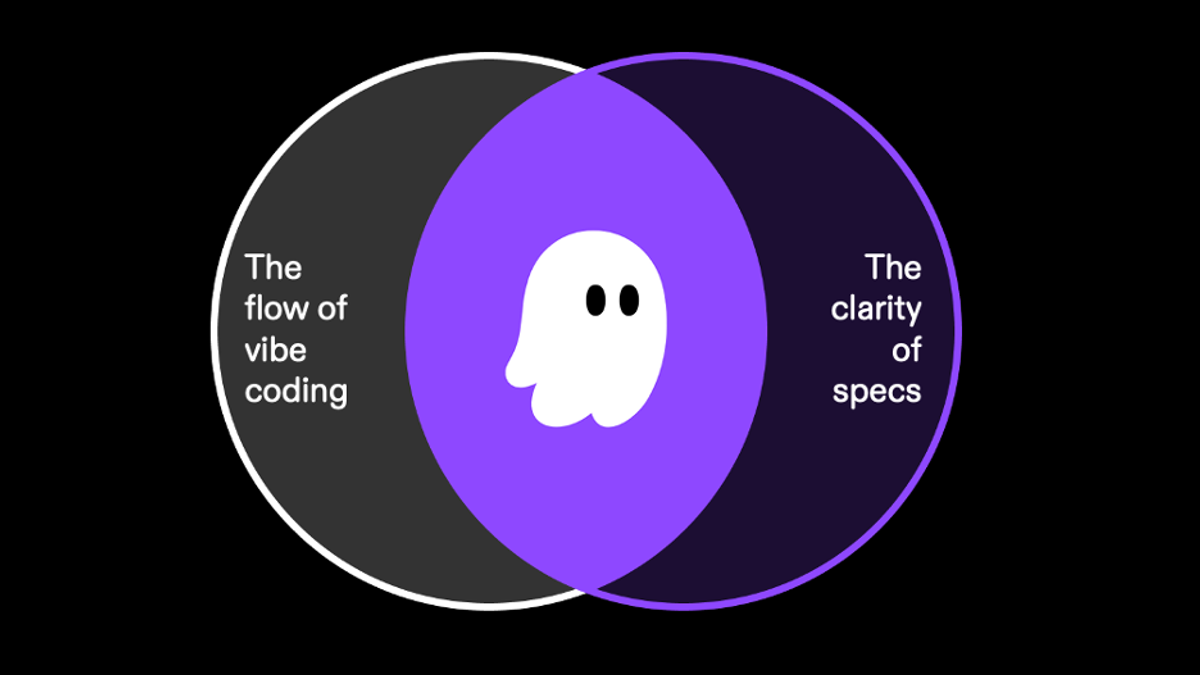The End of Code Chaos? How Amazon's Kiro IDE Tames the "Vibe Coding" Wild West
A new wave of AI-powered software development, dubbed "vibe coding," is taking the tech world by storm. Developers are increasingly using natural language prompts to generate code, focusing on the creative "vibe" of a project rather than the painstaking details of implementation. While this approach can accelerate prototyping and empower a wider range of creators, it's also creating a significant headache: a growing mountain of undocumented, unmaintainable, and ultimately unstable code. Enter Amazon's newly released Kiro IDE, a tool designed to bring order to the chaos and bridge the gap between rapid-fire "vibe coding" and production-ready software.

The Rise of "Vibe Coding" and the Documentation Dilemma
Coined by AI researcher Andrej Karpathy in early 2025, "vibe coding" describes a development process where programmers rely heavily on AI tools to translate natural language descriptions into functional code. This method allows developers to stay in a creative flow, experimenting and iterating quickly without getting bogged down in syntax and structure. The appeal is undeniable: it lowers the barrier to entry for software development and can significantly speed up the initial phases of a project.
However, this freewheeling approach comes at a cost. The very essence of "vibe coding"—focusing on intent over implementation—often leads to a disregard for traditional software engineering best practices. The result? A litany of problems that can haunt a project long-term:
- The Documentation Black Hole: In the rush to generate code, detailed requirements and design documentation are often completely neglected. This makes it incredibly difficult for other developers (or even the original creator) to understand, maintain, or extend the codebase in the future.
- The Technical Debt Tsunami: "Vibe-coded" projects are prone to accumulating massive technical debt. The AI-generated code, while functional on the surface, can be poorly structured, inefficient, and riddled with inconsistencies. This "code that works but makes no sense" becomes a nightmare to debug and refactor.
- The "Pseudo-Developer" Problem: Critics warn that an over-reliance on "vibe coding" can hinder the development of crucial skills, creating a generation of "pseudo-developers" who can generate code but lack the fundamental understanding to build robust and reliable systems.
Amazon's Kiro IDE: Bringing Structure to the "Vibe"
In response to these growing concerns, Amazon has introduced Kiro, an "agentic" Integrated Development Environment (IDE) that aims to provide the structure and discipline often missing in "vibe coding." Kiro's core innovation is what Amazon calls "spec-driven development," a methodology that uses AI to generate not just code, but also the essential documentation that underpins a healthy software project.
Here's how Kiro tackles the documentation problem head-on:
- From Prompt to Plan: Instead of just spitting out code, Kiro takes a natural language prompt, like "add a review system," and transforms it into a comprehensive set of documents. This includes detailed user stories, technical design documents with data flows and API schemas, and a sequenced task list with testing requirements.
- Living, Breathing Documentation: Kiro's "specs" are not static documents. They are living artifacts that evolve with the codebase. As changes are made, the documentation is automatically updated, ensuring it remains a reliable source of truth throughout the development lifecycle. This solves the age-old problem of documentation becoming outdated and useless.
- Automated Oversight with "Hooks": Kiro employs "hooks," which are event-driven automations that act like a senior developer looking over your shoulder. These hooks can be configured to automatically run tests, update documentation, and enforce coding standards whenever a file is saved or modified, ensuring quality and consistency.
A New Paradigm for AI-Assisted Development
Amazon's Kiro represents a significant step forward in the evolution of AI-powered software development. By integrating the generation of requirements and design documentation directly into the coding workflow, it provides a much-needed guardrail against the potential pitfalls of "vibe coding." This "spec-driven" approach allows developers to maintain the creative velocity of "vibe coding" while ensuring that the resulting software is well-documented, maintainable, and ready for production.
While "vibe coding" has unlocked new possibilities for rapid innovation, its long-term viability has been a point of concern for many in the software engineering community. With the introduction of tools like Amazon's Kiro, it seems a sustainable path forward is emerging—one that balances the power of AI-driven code generation with the essential principles of structured and documented software development. The era of "vibe coding" may not be over, but thanks to innovations like Kiro, its chaotic early days may soon be a thing of the past.

By Ibrahima Faye
Tech Architect & AI Visionary
With over 25 years of experience in the IT industry, Ibrahima has built a diverse and extensive career that spans software engineering, system design, data architecture, business intelligence, artificial intelligence, and solution architecture.
Throughout this journey, he has honed a deep understanding of how to integrate cutting-edge technologies with business needs to craft scalable, efficient, and future-proof solutions. Passionate about AI and its transformative potential, Ibrahima is a thought leader dedicated to exploring the intersection of technology and innovation, consistently delivering solutions that drive value and solve complex challenges.